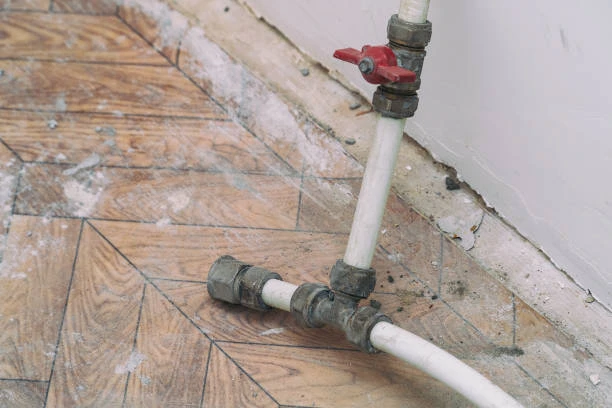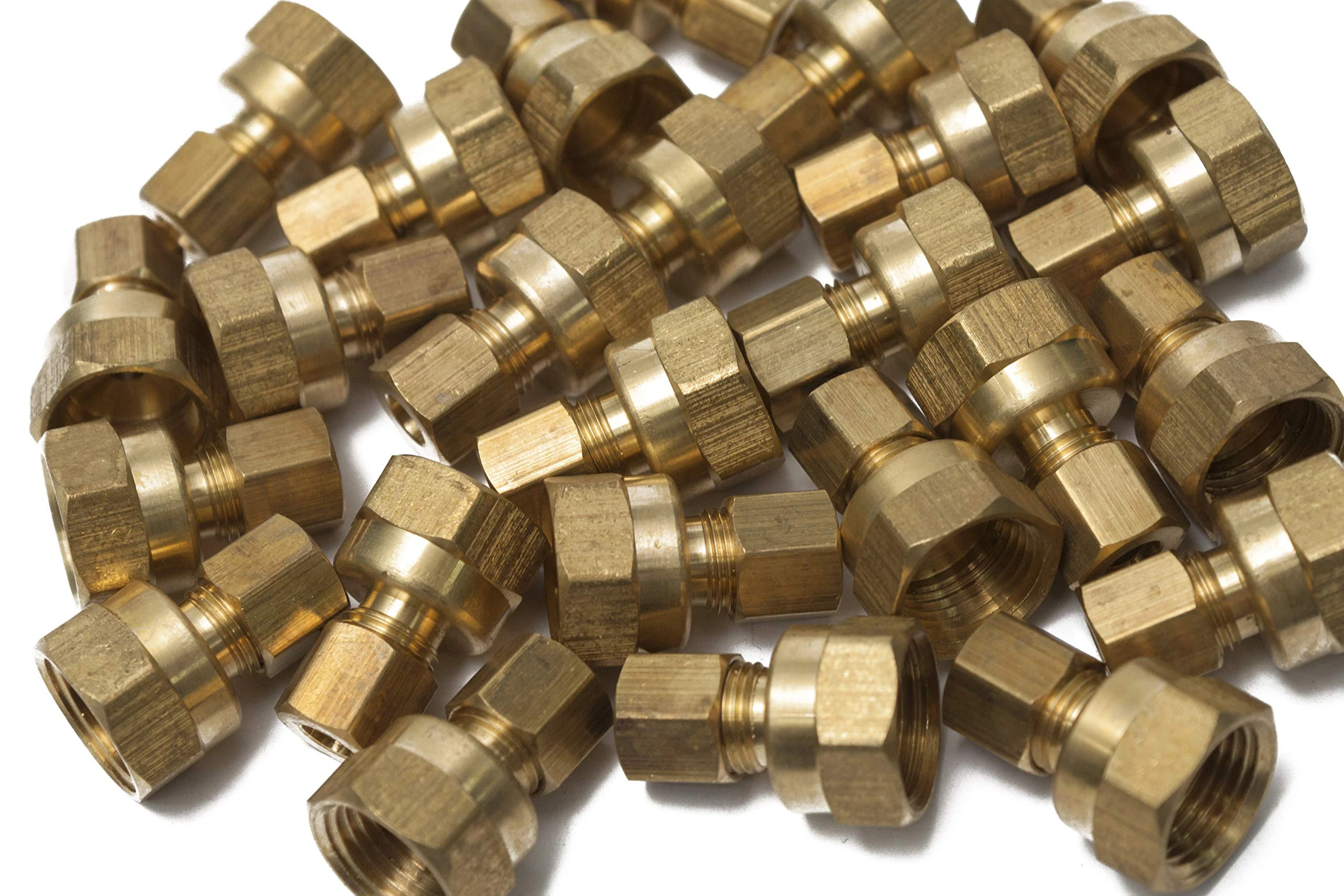Introduction
Understanding the release of lead from plastic pipes and copper pipes and fittings is essential for plumbers, contractors, and homeowners when choosing the best materials for plumbing systems.Water chemistry and flow dynamics play significant roles in how different types of plumbing materials release contaminants into water systems. Lead contamination, in particular, has become a critical issue, especially in older systems and households.
This article will explore the factors that influence lead release from these materials, how water chemistry impacts the contamination process, and the broader implications for plumbing systems.
The Impact of Water Chemistry on Lead Release
Water chemistry is a primary factor in how metals and contaminants are leached from plumbing materials into drinking water. In particular, the pH level, dissolved oxygen, and temperature of water significantly influence the release of lead.
For copper pipes and fittings, lead contamination can result from older soldering materials used in their installation. Many homes constructed before the late 1980s us lead-based solder to join copper pipes, which poses risks for lead leaching, especially if the water is acidic (low pH). Acidic water is more corrosive to metals, leading to the deterioration of these solders and a higher risk of lead contamination in the water supply.
On the other hand, plastic pipes, such as polyvinyl chloride (PVC) and cross-linked polyethylene (PEX), do not contain lead themselves. However, there have been concerns about the additives and stabilizers used during the manufacturing process. These substances, although regulated, may still interact with water chemistry under certain conditions. Potentially leading to the release of harmful chemicals. Nonetheless, the primary focus remains on the performance of copper pipes and fittings in regard to lead release.
The Role of Flow Dynamics in Lead Contamination
The speed and pattern of water flow through copper pipes and fittings versus plastic pipes also play a crucial role in the amount of lead released. When water stagnates in pipes, there is more time for lead to leach from the materials into the water. This problem is exacerbated in low-use water systems or dead-end sections of plumbing networks. High flow rates, on the other hand, can reduce lead release by flushing out any contaminants before they have time to accumulate.
For copper pipes and fittings, flow rates become particularly important in systems with older installations. When water stagnates for long periods, particularly in copper pipes with lead-based solder. There is a much higher risk of lead accumulation. Flushing the pipes by allowing water to run for several minutes can help reduce this risk, though it does not eliminate it entirely.
In comparison, plastic pipes generally present fewer concerns about lead release due to their material composition. However, if water is allowed to sit in plastic plumbing systems for extended periods. Some chemicals used in their manufacturing process may leach into the water. Although at much lower levels than lead from copper pipes.

Comparative Analysis: Copper Pipes and Fittings vs. Plastic Pipes
The primary difference between copper pipes and fittings and plastic pipes lies in their potential for lead contamination. While copper systems are generally more durable and have a long history of use. Whe legacy of lead-based solders can create long-term water quality issues, particularly in areas with soft or corrosive water. In contrast, plastic pipes do not directly contribute to lead contamination but may release other chemicals depending on the water chemistry and manufacturing practices.
- Durability: Copper pipes and fittings are known for their longevity and resistance to extreme temperatures. Making them ideal for both hot and cold water systems. Plastic pipes, particularly PEX, are flexible and resistant to corrosion. But they may degrade faster when exposed to sunlight or high temperatures over time.
- Corrosion: Copper pipes and fittings are susceptible to corrosion when exposed to acidic water. Which can cause pitting and deterioration over time. This corrosion can increase lead release from older solder joints. Plastic pipes, while resistant to corrosion, can experience degradation due to exposure to certain chemicals or UV light.
- Cost: Copper pipes and fittings are generally more expensive than plastic alternatives like PVC and PEX. The higher cost of copper systems is balanced by their durability and lower risk of bursting under high pressure. Whereas plastic pipes are more affordable and easier to install.
- Health Impacts: Lead exposure through copper pipes and fittings remains a significant health concern. Especially in areas with older plumbing systems. Lead is a neurotoxin and can cause serious developmental issues in children, as well as cardiovascular problems in adults. While plastic pipes do not pose the same lead-related risks. Some studies suggest that certain chemicals used in plastic manufacturing could have long-term health implications. Though these risks are still under investigation.
Implications for Plumbing
The choice between copper pipes and fittings versus plastic pipes has significant implications for plumbing. Particularly in terms of health, cost, and environmental impact. In areas with older homes, especially those constructed before the 1980s. The risk of lead contamination from copper pipes and fittings with lead-based solder is a critical consideration. In such cases, replacing the plumbing system with newer materials, such as lead-free copper or PEX, may be the safest option to protect water quality.
For new constructions, plastic pipes like PEX and PVC offer several advantages, including lower cost and easier installation. However, when opting for plastic systems, it is important to ensure that the materials meet all safety standards and are appropriate for the local water chemistry.
Conclusion copper pipes and fittings
Both copper pipes and fittings and plastic pipes have their advantages and drawbacks when it comes to water quality, durability, and cost. Water chemistry, particularly the pH and flow rates, play a crucial role in how these materials interact with water. Affecting the release of contaminants like lead. While copper pipes and fittings may pose higher risks due to older lead-based solders, plastic pipes are generally safer but require consideration of chemical leaching and long-term durability.
For homeowners and contractors, understanding the implications of these material choices is essential for maintaining safe and efficient plumbing systems. Regular testing of water quality, particularly in older homes. Is crucial to prevent lead contamination and ensure the long-term health and safety of residents.
Frequently Asked Questions (FAQ)
- Can lead be released from new copper pipes?
- Lead is not present in new copper pipes, but it can still be found in older homes where lead-based solder was used in joints.
- Are plastic pipes completely safe from chemical leaching?
- While plastic pipes do not contain lead, they may still release small amounts of chemicals depending on the manufacturing process and water chemistry.
- How can I reduce lead contamination from copper pipes?
- Flushing the pipes before using water and installing filters designed to remove lead can help minimize contamination.
- What is the lifespan of copper pipes compared to plastic pipes?
- Copper pipes can last 50 years or more, whereas plastic pipes like PEX typically last 30-40 years. Though they are more affordable and easier to install.
- Which pipe material is better for health safety?
- Both copper and plastic pipes have their pros and cons. Copper can pose a lead risk in older homes, while plastic might leach other chemicals. Regular water testing is recommended for both.


















